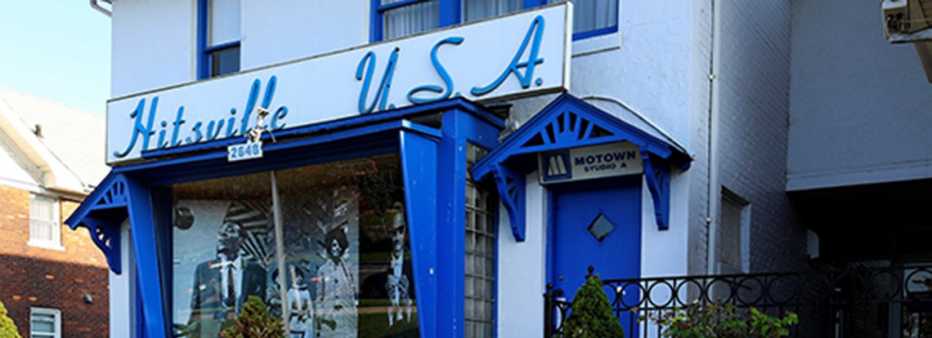AARP Hearing Center




How could they ever have imagined what astonishments lay ahead for them? It was all so very unlikely.
No, make that impossible.
On a cold October day in 1962, 45 Motown Records singers, musicians and chaperones stood shivering with excitement and nerves. They crowded together inside Studio A, the converted garage of a bungalow-style house that 32-year-old Motown founder Berry Gordy had bought, at 2648 West Grand Boulevard in Detroit. His neighbors were respectable strivers: Sykes Hernia Control Service and Phelps Funeral Parlor. Gordy, the great-grandson of a Georgia slave, had started his label in early 1959, the same year that Mattel’s plastic dream girl Barbie minced onto the scene.


Gordy’s troupe had mustered for the kickoff of the Motortown Revue, the company’s first extensive tour. A snapshot of the moment still hangs in the house on West Grand, which now serves as the Motown Museum. They stand clutching bulging purses and boxy cameras, tucked into tight chicken slacks and mohair sweaters, freshly barbered, manicured and beehived. The Supremes — Mary Wilson, Florence Ballard and Diane (later Diana) Ross — had just graduated from high school. The trio were thrilled to be going but worried that they hadn’t truly earned their seats on the bus. “Understand, we were favorites of Berry’s, little special girls,” recalls Wilson, now 74 and living in Los Angeles. “But unless you had a hit record, you were nobody at Motown. Nearly everyone else on the tour already had a hit.”


Those hit makers included Marvin Gaye, the Marvelettes, the Miracles, the Contours and Martha Reeves and the Vandellas. They were joined by newly signed 12-year-old phenom Stevland Hardaway Judkins — rechristened a more showbiz-sounding Little Stevie Wonder.
Also aboard, at 19, was Mary Wells, who had been crowned the Queen of Motown. She was regal with her Cleopatra eyeliner yet sweetly vulnerable on vinyl. Wells had been a working girl since age 12, when she had helped her single mother scrub frigid stairwells to support them both. “Until Motown, in Detroit, there were three big careers for a black girl,” Wells told me years later. “Babies, the factories or daywork. Period.” Gordy’s artists, all African American, were the sons and daughters of former sharecroppers, autoworkers, clerks, housekeepers and church deacons. At the time, Detroit had the fourth-largest black population in the nation, and it produced 50 percent of the world’s automobiles. The odds of escaping the factories or minimum wage work for any young person of color were dismal. But soon after Motown’s first hits blared from radios in the city’s schoolyards and housing projects, legions of young hopefuls besieged the hip, alluring enterprise on West Grand.
Those who made the cut were ambitious, pliant and eager to please. They’d do anything — sing background on demos at 3 a.m., hand clap, sweep floors, file session notes. Temptations lead singer David Ruffin helped Gordy’s father build the studio. In the Artists and Repertoire department, Martha Reeves was secretary and muse to 17 staff songwriters and producers. Gordy’s hit factory ran 24/7. Overall he paid poorly, but he plumped staff morale with bowling nights, picnics, poker and touch football games. A pot of chili bubbled in near perpetuity in the kitchen. The Hitsville troupe were a family of sorts — boisterous, competitive and tight.
Most of those dragging their luggage to the leased Motortown bus and five cars on that chilly day had never even left the state. In a phone interview from her home in Detroit, Martha Reeves, now 77, laughed at their utter naivete as they climbed aboard. “The bus was a broken-down Trailways with no toilet,” she remembers. “We had to lean on the window or on each other to try and sleep.” During the tour, which lasted from October through December, Reeves says the performers slept in hotels two nights per week, at most.


That grueling tour and the many that followed were part of Gordy’s audacious plan for integration — and domination — of the Top 100 pop chart. He announced his ambition on the building’s facade: Hitsville U.S.A. The lettering was painted in bold “Motown blue,” the same saturated hue on their now-iconic record labels.





























































More on Entertainment
Martin Short and Steve Martin’s Greatest Collaborations
Watch their funniest scenes from 'SNL' to 'Only Murders in the Building'